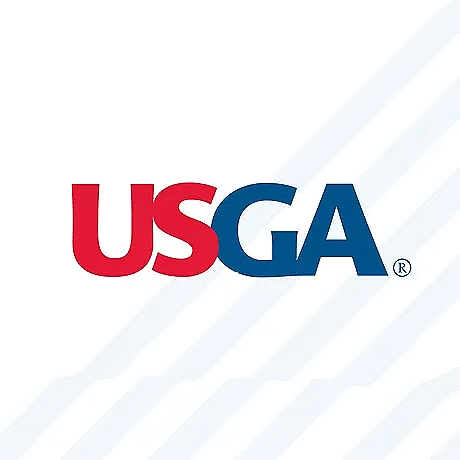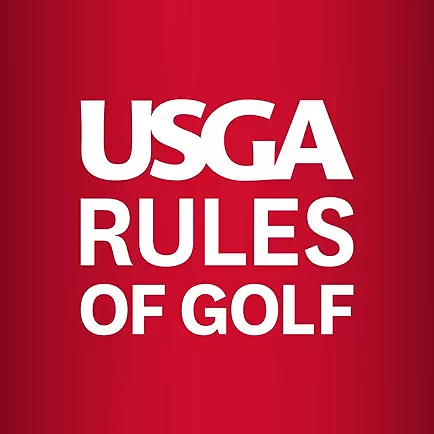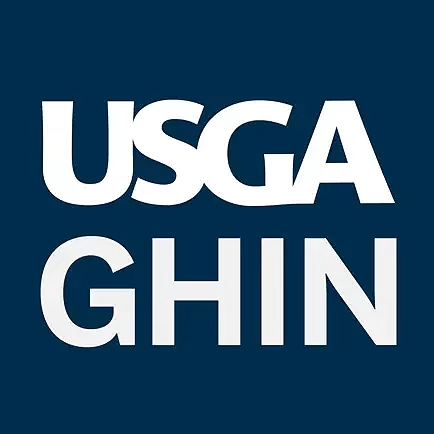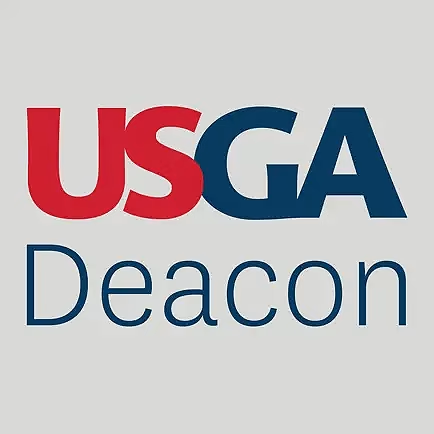USGA, The R&A Announce Plans to Limit Use of Green-Reading Materials Beginning in 2019
Clarifications reaffirm the position that a player’s ability to read the greens is an essential skill that should be retained; still allows for traditional yardage books, handwritten player and caddie notes
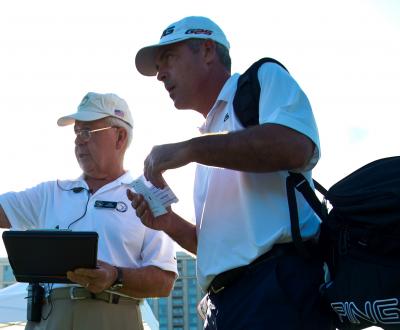
Both the USGA and The R&A are committed to the position that a player’s ability to read their line of play on the putting green is an essential skill that should be retained. - Thomas Pagel
LIBERTY CORNER, N.J. and ST ANDREWS, SCOTLAND (July 31, 2018) – The USGA and The R&A are proposing regulations regarding the use of green-reading materials, reaffirming the need for a player to read greens based on their own judgment, skill and ability.
Following a six-week period of feedback and consultation with interested parties that begins today, the regulations will be finalized in a published “interpretation” of Rule 4.3 (Use of Equipment) and adopted Jan. 1, 2019, when golf’s new rules take effect.
“Both the USGA and The R&A are committed to the position that a player’s ability to read their line of play on the putting green is an essential skill that should be retained,” said Thomas Pagel, Senior Director, Rules of Golf and Amateur Status for the USGA. “The focus of the interpretation is to develop an approach that is both effective and enforceable.”
David Rickman, Executive Director – Governance at The R&A, said, “We have looked carefully at the use of these green-reading materials and the extremely detailed information they provide and our view is that they tip the balance too far away from the essential skill and judgment required to read subtle slopes on the greens. It is important to be clear, however, that we still regard the use of yardage books and handwritten notes to be an entirely appropriate part of the game.”
The key elements of the proposed interpretation are as follows:
- Minimum Slope Indication Limit – A minimum slope indication limit of 4 percent (2.29 degrees) is proposed (this includes lines, arrows, numbers or any other indicators); this will have the effect of eliminating such indicators of slope from those areas of the putting green where the hole is most likely to be positioned (which tend to be cut on reasonably flat sections of the putting green with a degree of slope of less than 3.5 percent - or 2 degrees). This proposed limit also equates roughly with the amount of slope that is readily visible to the naked eye.
- Maximum Scale Limit – A maximum scale of 3/8 inch to 5 yards (1:480) is proposed; this will limit the size in print form to a pocket-sized publication and has the effect of restricting the space for handwritten notes (also referenced below).
- Indicative Information - General information that is included in traditional yardage books or course guides, such as basic illustrations that show the outline of the putting green and include indicative information like the tops of ridges or general slopes, will continue to be permitted.
- Handwritten Notes - Handwritten notes will continue to be allowed, but such notes cannot be used to create either a direct copy or a facsimile (replica) of a detailed green map.
Interested parties are encouraged to contact the USGA at rules@usga.org or The R&A with questions, feedback or suggestions for improvement prior to Sept. 14, 2018.
The governing bodies will issue the regulation by no later than Oct. 15, 2018 for its planned Jan. 1, 2019 adoption.
# # #
About the USGA
The USGA conducts the U.S. Open, U.S. Women’s Open, U.S. Senior Open and the U.S. Senior Women’s Open, as well as 10 amateur championships and international matches, attracting players and fans around the world. Together with The R&A, the USGA governs the game worldwide, jointly administering the Rules of Golf, Rules of Amateur Status, equipment standards and World Amateur Golf Rankings, with a working jurisdiction in the United States, its territories and Mexico.
The USGA is one of the world’s foremost authorities on research, development and support of sustainable golf course management practices. It serves as a primary steward for the game’s history and invests in the development of the game through the delivery of its services and the work of the USGA Foundation. Additionally, the USGA’s Course Rating and Handicap systems are used on six continents. For more information, visit www.usga.org.
About The R&A
Based in St Andrews, The R&A runs The Open, elite amateur events, international matches and rankings. Together The R&A and the USGA govern the sport of golf worldwide, operating in separate jurisdictions but sharing a commitment to a single code for the Rules of Golf, Rules of Amateur Status and Equipment Standards. The R&A, through R&A Rules Ltd, governs the sport worldwide, outside of the United States and Mexico, on behalf of over 36 million golfers in 143 countries and with the consent of 156 organisations from amateur and professional golf.
The R&A is committed to working for golf and supports the growth of the sport internationally and the development and management of sustainable golf facilities. For more information, visit www.randa.org.
For further information: Janeen Driscoll, USGA Director of Communications
jdriscoll@usga.org; 910-690-9711








